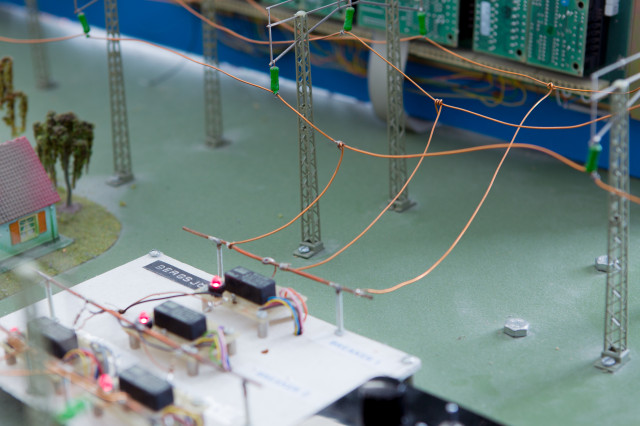A group of 2-7 students will carry out a project with the goal to produce a prototype before a certain deadline, that fulfils a given performance specification. The students are responsible for partitioning the projects into subprojects, make a time table, distribute the workload, and decide by whom they should be solved.
The groups are formed by the course responsible based on the preferences of the students. It is not always possible to satisfy the wishes of all the students, i.e. some students may have to work on projects that are not their primary choice. This is also true regarding the split of work between the members of the group.
There are several solutions to the problems. During the course, the students will face many practical problems that must be solved. An objective of this course is to give training in how to acquire knowledge in order to make the "correct" design decisions. The students will thereby learn how to acquire the theoretical and practical knowledge needed for the assigned project. An oral presentation and demonstration will take place before the project deadline. Written documentation should be produced while working on the project. The course concludes with an oral presentation and demonstration of the prototype. The requirements on the oral and written presentations are similar to the requirements on a Master's thesis project.
Every student will focus on one or a few of the areas of DSP-programming, PC-programming, programming of other platforms, project management, algorithm development or special application knowledge. Support in the form of lectures, literature and on-line information is available for all these areas.
The students should also write a “reflective diary” during the course of the work. The students should use this diary to collect evidence of their learning with respect to the intended learning outcomes. Examples of such evidence are performance curves (with explanations), descriptions on the use of tools, or detailed descriptions of technical problems that have occurred.
